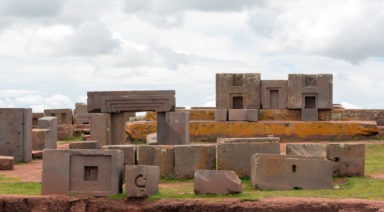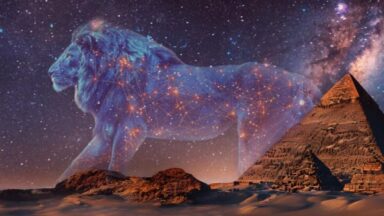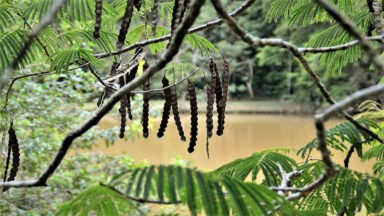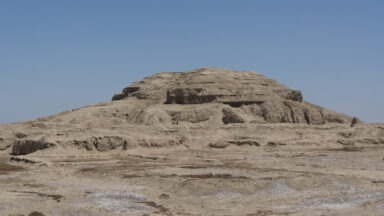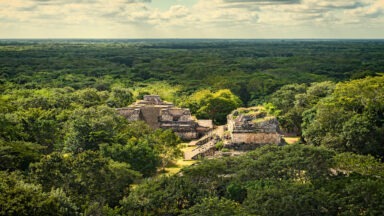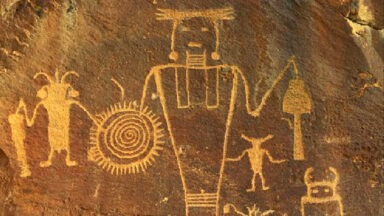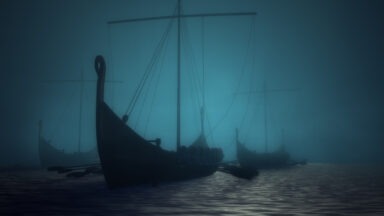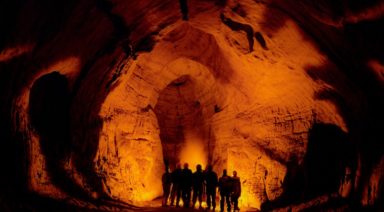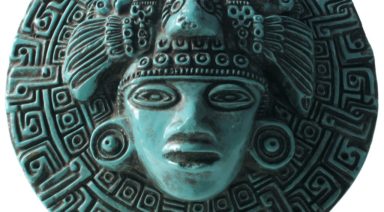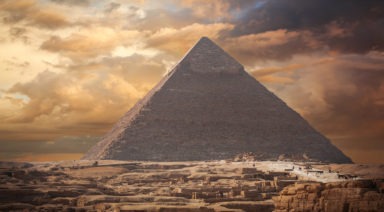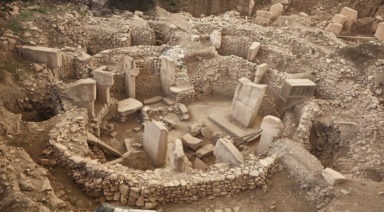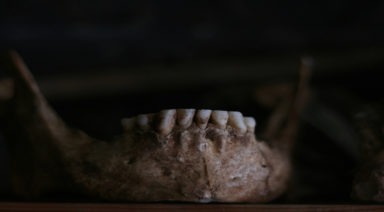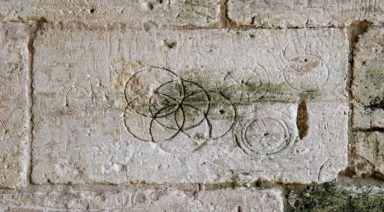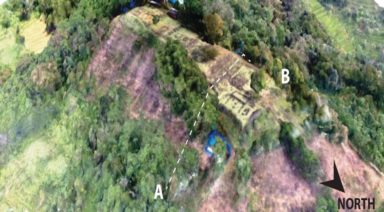New Evidence Ties Younger Dryas Impact With Gobekli Tepe
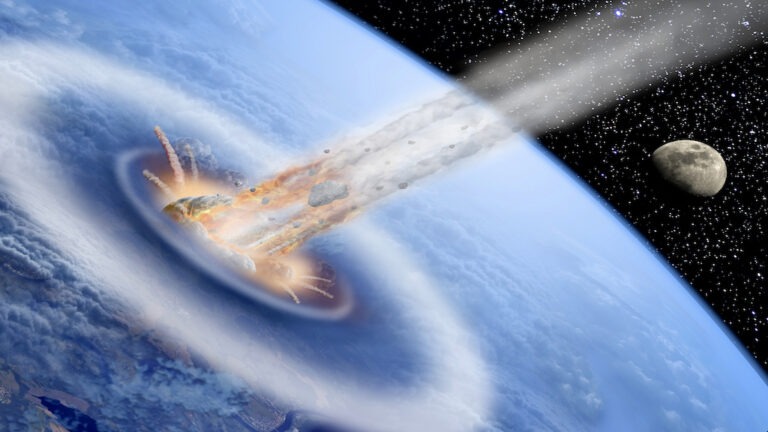
What could have triggered a sudden ice age 13,000 years ago, causing massive global destruction and dramatic cultural change? A new survey of decades of compelling scientific evidence strongly indicates that it came from the sky and gave rise to the very origins of civilization.
The Younger Dryas is the name given to a geological period that took place between 12,800 and 11,500 years ago. Marked by a suddenly occurring mini-ice age, this time was one of environmental catastrophe, worldwide animal extinctions, and major changes in human culture and population. While researchers have, for decades, been debating various explanations for these cataclysmic events, one controversial hypothesis now appears to be supported by evidence.
Dr. Martin Sweatman is a scientist at the University of Edinburgh who recently completed a thorough survey of this Younger Dryas Impact Hypothesis.
“There is now this impact hypothesis, which was developed and first stated in 2007, and it suggested that this geological period—this mini-ice age that lasted for 1,300 years—was triggered by a cosmic impact with fragments of a comet,” he said.
“And so since then, since 2007, there’s been a lot of research published, some for and some against this idea.”
Watch more:
Do These Legendary Tombs Reveal the Presence of Giants in Sardinia?

Perhaps few lands, ancient or modern, are as attractive as Italy — for its people, rolling landscapes, Mediterranean coast, and rich historical allure. We can add to this list an emerging archaeological phenomenon in Sardinia. On this island off the coast of Italy, lies an ancient site where skeletal remains of giants have been uncovered, defying academic conclusions about the land’s earliest inhabitants.
If you take a ferry, Sardinia is situated five hours West of mainland Italy, and is home to a persistent theory that giants may have roamed the land. Travel guides suggest that much of the island’s prehistoric past has been preserved, mainly because Sardinia features a relatively unpopulated countryside, and many areas where people once lived have long been abandoned. Human occupation is traceable steadily throughout the Upper Paleolithic, Mesolithic, Neolithic, Calcolithic, Bronze, and Iron ages.






